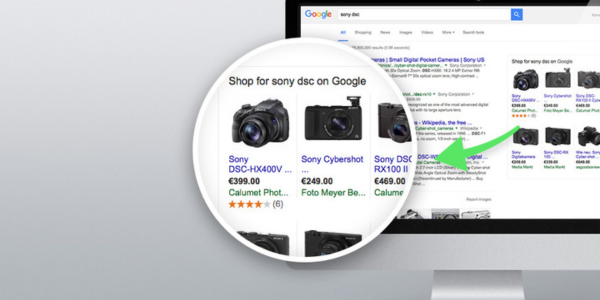content
Introducing a new brand or product to the market is a complex task that requires careful planning and a strategic approach. The brand penetration strategy includes several key stages that help to achieve success in a competitive market. In this ADV Advantage blog post, we will look at the main steps of this strategy and important aspects to consider.
Why is it important?
Since the goal of any business is to increase sales, the strategy of introducing a new brand should include revenue growth. It is this strategy that contributes to the rapid growth of conversions along with an increase in the brand’s market share. Unlike the classic strategy of organic business growth, the business penetration method provides immediate results and data that allow you to improve the level of customer relations by offering exactly the goods or services that they need right now. So where do you start when introducing a new brand to the market? Let’s look at the main stages.

Stage 1: Market analysis
The first step in a brand penetration strategy is to conduct an in-depth market analysis. This involves researching the target audience, competitors, consumer needs, and other factors that affect the success of the product introduction. A detailed study of the market situation helps to understand consumer needs, identify the strengths and weaknesses of competitors, and find a niche where your brand can take a favorable position. Market analysis is best done with experts in a particular industry or based on your own experience in a particular field of activity.
Stage 2: Concept development
At the second stage, you should develop a unique product or brand concept. This concept should reflect your brand’s values, differentiation from competitors, and appeal to your target audience. It is important to define what makes your product unique and why consumers should choose it. This stage is often overlooked or not paid enough attention to, but try to imagine yourself in the shoes of a customer and ask yourself the following question: “What are the real advantages of choosing your company over a competitor?” A new brand at the concept stage should immediately include the main advantages of the business that will make it a good choice.
Stage 3: Positioning
Market positioning is a key aspect of a brand penetration strategy. You need to define a unique position for your product that will allow it to stand out from the competition and attract the attention of the target audience. Whether it is low price, high quality, exclusivity, or other features depends on the specific product and its target audience. This stage should describe the attitude of buyers to the brand that its owner is striving for.
Stage 4: Marketing strategies
After defining the concept and positioning, it is necessary to develop effective marketing strategies. This includes the development of advertising campaigns, PR activities, pricing, participation in events, etc. Marketing strategies should be aimed at attracting consumer attention, increasing brand awareness, and driving sales. This stage involves the involvement of a team of specialists in setting up advertising campaigns. For example, ADV Advantage specialists already have ready-made cases for launching and supporting existing businesses. You can get acquainted with the achievements on the special page Case Studies.
Stage 5: Product or brand launch
After all the preparatory work, it’s time to launch a product or brand on the market. It is important to develop a detailed action plan for the product introduction, including phased implementation, testing, collecting customer feedback, and scaling.
Stage 6: Monitoring and analyzing results
The last step is to continuously monitor and analyze the results. You have to track customer reactions, market demands, competitive situations, and adjust your strategy based on the data. Constant evaluation of success and timely corrective actions will help maintain your brand’s competitiveness in the market. To begin with, you should determine the main KPIs, and then move on to A/B testing to identify working and non-working methods. Market trends also have a significant impact on the choice of market strategy, so you should always analyze the market situation in your chosen field and respond quickly to external factors.

How to determine the degree of brand penetration in the market?
There is a simple formula for this: divide the current sales volume by the total sales volume in the market and multiply the result by 100%. The optimal penetration result is between 2% and 6% for B2C customers and 10-40% for B2B customers. Additionally, you can calculate the overall penetration rate = number of customers in the market / market size * 100%.

The overall success of a brand’s market penetration strategy depends on a comprehensive approach to all stages, a deep understanding of market trends and the needs of the target audience, as well as the effective implementation of marketing strategies and continuous monitoring of results. It is necessary to be ready to change and adapt to new conditions in order to succeed in a competitive market. If you have any questions regarding automated bidding strategies, please contact ADV Advantage specialists for advice by leaving your contact information in the Contact Us section.
Subscribe to our newsletter



